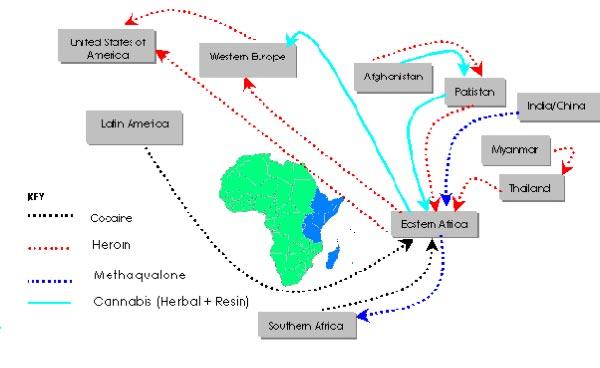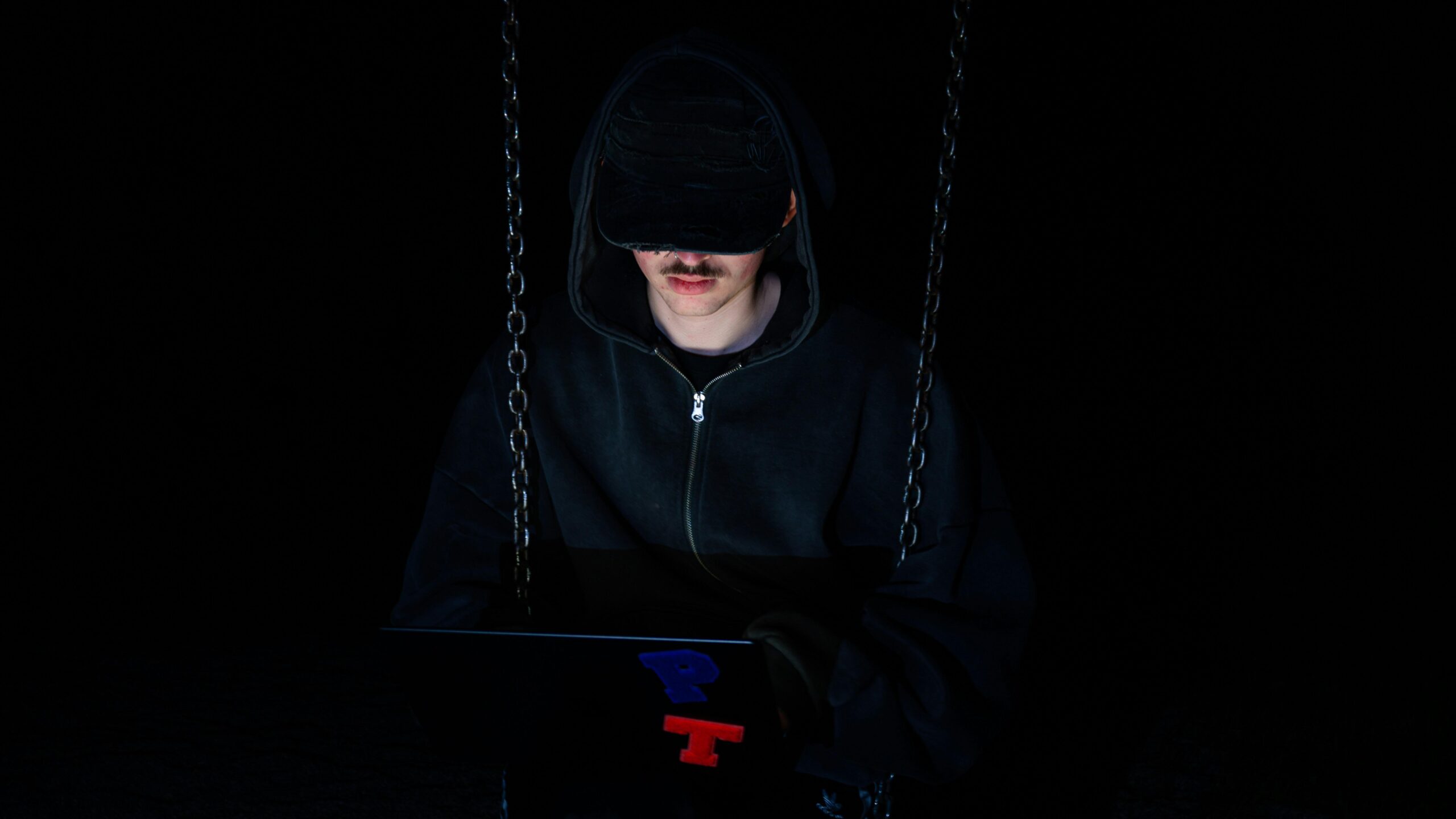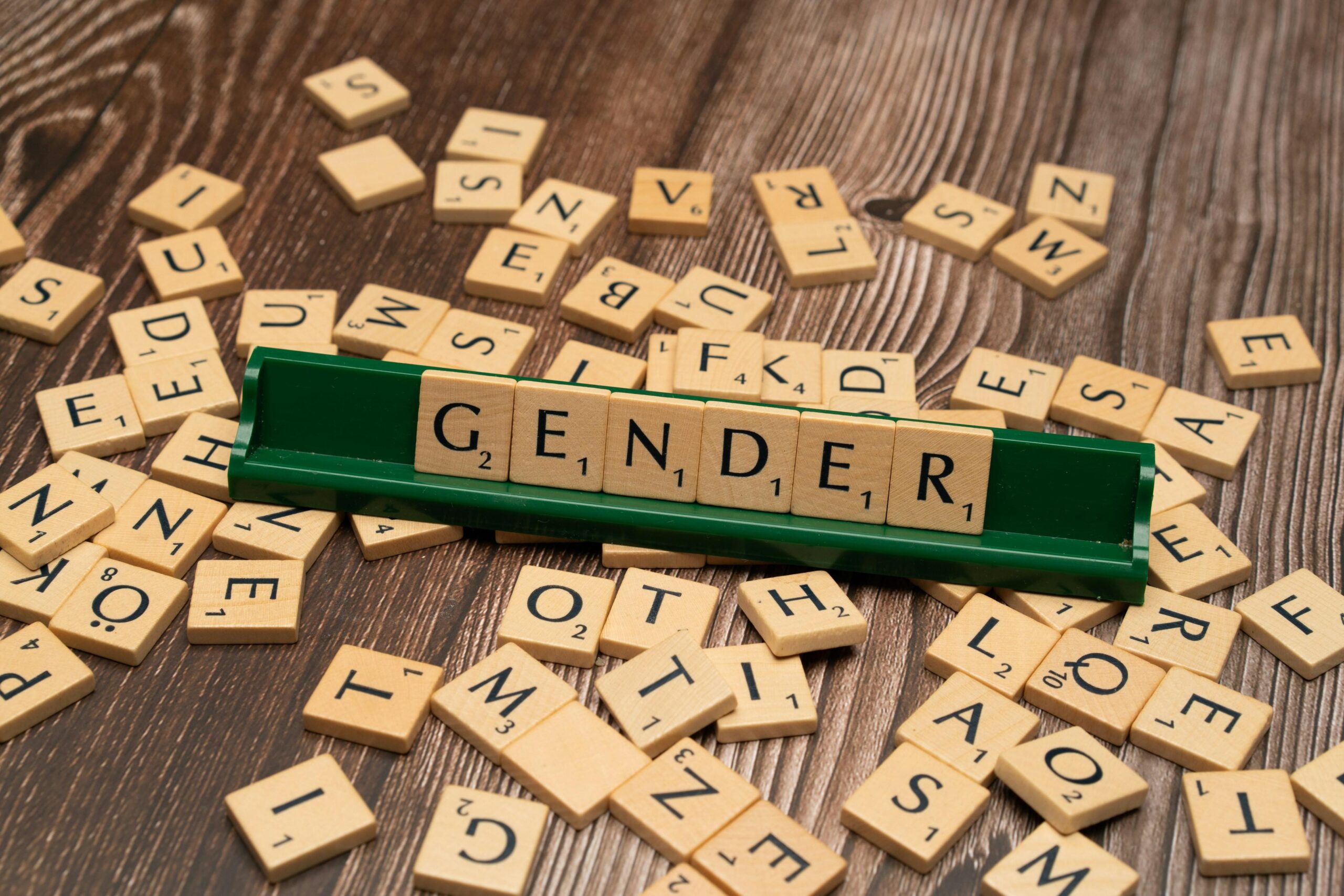Imagine standing at a crossroads, faced with a choice that could alter someone’s life forever. What if the invisible force guiding your decision wasn’t just logic or fear of consequences, but something deeper—empathy? How does the ability to truly understand and feel another person’s emotions influence the choices people make when tempted to break the law? In this blog, we’re diving into the fascinating world where psychology meets criminal behavior, exploring how empathy can shape, steer, or even prevent criminal decisions. Let’s unravel the surprising connections between our capacity for compassion and the paths we take when the stakes are high.
Table of Contents
- Understanding Empathy’s Role in the Mind of a Criminal
- The Science Behind Empathy and Decision-Making in Crime
- Real-Life Stories Where Empathy Altered Criminal Outcomes
- Practical Ways to Cultivate Empathy for Crime Prevention and Rehabilitation
- The Conclusion
Understanding Empathy’s Role in the Mind of a Criminal
At first glance, the connection between empathy and criminal behavior might seem contradictory. After all, empathy typically involves understanding and sharing the feelings of others, which one might assume would deter harmful actions. However, the reality within the criminal mind is far more complex. Some offenders exhibit selective empathy—where they can experience deep emotional responses, but only towards certain individuals or groups. This selective emotional engagement can lead to justifications or rationalizations that minimize the impact of their actions on victims outside their circle, creating a psychological barrier to full moral accountability.
Neuroscience and psychology suggest that deficits or distortions in empathetic processing play a pivotal role in the decision-making of criminals. Key factors influencing this include:
- Impaired emotional regulation which limits their ability to temper impulsive or aggressive impulses.
- Diminished theory of mind skills, reducing their capacity to anticipate how their actions affect others’ feelings.
- Contextual empathy suppression, where stress or environmental triggers temporarily block empathetic responses.
Recognizing these nuances is crucial to understanding why empathy cannot be viewed as a simple “on/off” switch in criminal behavior, but rather a fluid spectrum deeply intertwined with cognition and emotion.
The Science Behind Empathy and Decision-Making in Crime
Neuroscientific research reveals that empathy activates several brain areas linked to emotional processing, such as the anterior insula and the anterior cingulate cortex. These regions not only help individuals understand others’ feelings but also influence how they weigh the consequences of their actions. When empathy is diminished or neurologically impaired, as studies with psychopathic individuals suggest, the typical emotional deterrents against harming others can weaken. This neurological insight helps explain why some people might engage in criminal behavior without the usual feelings of guilt or remorse. It’s a biological gateway that shapes not just moral judgment but the very architecture of decision-making.
Psychologists have also mapped out how empathy operates on multiple levels within decision-making frameworks:
- Cognitive empathy: Understanding another person’s perspective, which can inform ethical choices.
- Emotional empathy: Sharing feelings that may trigger altruistic actions or restraint from harmful behavior.
- Compassionate motivation: Driving behaviors aimed at reducing the suffering of others.
These layers work in concert to build a complex, dynamic web that guides moral reasoning. When this web is tangled or partially severed, the way an individual navigates social norms and legal boundaries can dramatically shift, sometimes toward criminal conduct.
Real-Life Stories Where Empathy Altered Criminal Outcomes
When empathy enters the courtroom, it often transforms the narrative from mere judgment to understanding. Take, for instance, the case of a young man charged with theft who had recently lost his job and was supporting a sick family member. Instead of a cold sentence, the judge—moved by the defendant’s circumstances and genuine remorse—opted for community service combined with counseling. This outcome not only upheld justice but also fostered rehabilitation, proving that empathy can be a powerful agent for positive change. Stories like these highlight how seeing beyond the crime to the human experience can reshape legal consequences.
Another compelling example comes from restorative justice programs, where victims and offenders engage in facilitated dialogue. In one notable case, a shoplifting incident was resolved by the offender understanding the pain caused to the store owner through heartfelt conversations. The owner’s empathy, paired with the offender’s accountability, led to a resolution that included restitution and volunteer work. This humanized approach often yields unexpected benefits:
- Reduced recidivism rates
- Heightened community trust
- Emotional healing for both parties
- Greater support structures for offenders to reform
Practical Ways to Cultivate Empathy for Crime Prevention and Rehabilitation
Empathy isn’t just a feeling; it’s a transformative tool that can reshape perspectives and influence behavior, particularly in the realms of crime prevention and rehabilitation. To foster genuine empathy, programs can utilize immersive experiences—such as role-playing scenarios or virtual reality—that place individuals directly in the shoes of victims and offenders. These methods help bridge emotional gaps, encouraging participants to understand the ripple effects of criminal acts beyond abstract statistics. Community dialogues featuring stories from affected families and formerly incarcerated individuals also prove powerful, cultivating a culture where emotional insight informs decision-making and creates a collective sense of responsibility.
Another compelling approach lies in education systems integrating social-emotional learning curricula that focus on empathy development from an early age. By teaching children and teens to recognize and manage emotions—both their own and others’—we lay the groundwork for more compassionate future citizens. Beyond schools, restorative justice initiatives that bring offenders and victims together in safe spaces foster direct empathy exchange, enabling offenders to genuinely confront the human impact of their actions.
- Mentorship programs pairing at-risk youth with empathetic role models
- Art and storytelling workshops that channel emotions into creative expression
- Community service projects providing hands-on opportunities to contribute positively
Through these pathways, empathy becomes more than a concept—it becomes a catalyst for meaningful change.
The Conclusion
As we’ve seen, empathy isn’t just a warm, fuzzy feeling—it’s a powerful lens that can shape how individuals make decisions, even in the complex world of crime. Understanding the link between empathy and criminal choices opens up fascinating questions about human behavior, morality, and the potential for change. Could fostering empathy be a key to reducing crime, or is it simply one piece of a much larger puzzle? Whatever the answers, exploring this connection encourages us to look beyond black-and-white judgments and appreciate the intricate human stories behind every decision. Stay curious, and keep questioning—there’s so much more to uncover.












